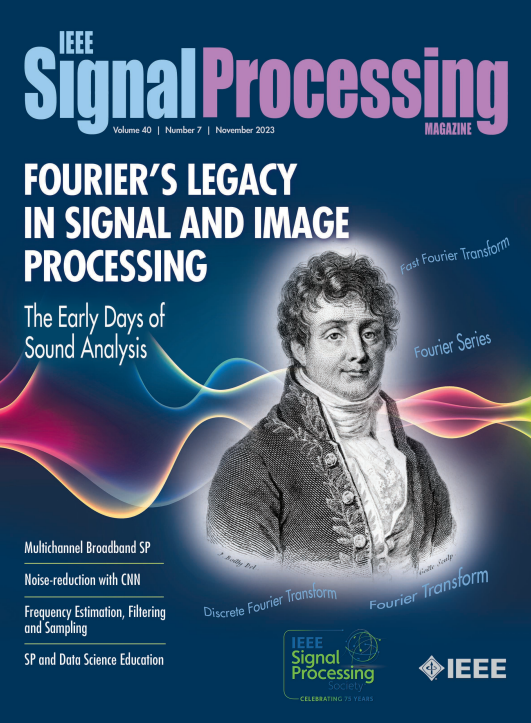Near-Field Signal Processing: Unleashing the power of proximity
IF 9.6
1区 工程技术
Q1 ENGINEERING, ELECTRICAL & ELECTRONIC
引用次数: 0
Abstract
After nearly a century of specialized applications in optics, remote sensing, and acoustics, the near-field (NF) electromagnetic (EM) propagation zone is experiencing a resurgence in research interest. This renewed attention is fueled by the emergence of promising applications in various fields, such as wireless communications, holography, medical imaging, and quantum-inspired systems. Signal processing within NF sensing and wireless communications environments entails addressing issues related to extended scatterers, range-dependent beampatterns, spherical wavefronts, mutual coupling effects, and the presence of both reactive and radiative fields. Recent investigations have focused on these aspects in the context of extremely large arrays and wide bandwidths, giving rise to novel challenges in channel estimation, beamforming, beam training, sensing, and localization. While NF optics has a longstanding history, advancements in NF phase retrieval (PR) techniques and their applications have lately garnered significant research attention. Similarly, utilizing NF localization with acoustic arrays represents a contemporary extension of established principles in NF acoustic array signal processing. This article aims to provide an overview of state-of-the-art signal processing techniques within the NF domain, offering a comprehensive perspective on recent advances in diverse applications.近场信号处理:释放接近的力量
近场电磁传播带在光学、遥感、声学等领域经过近一个世纪的专门应用后,又重新引起了人们的研究兴趣。在无线通信、全息术、医学成像和量子启发系统等各个领域中出现的有前途的应用推动了这种新的关注。NF传感和无线通信环境中的信号处理需要解决与扩展散射体、距离相关波束模式、球面波前、相互耦合效应以及反应场和辐射场的存在相关的问题。最近的研究主要集中在这些方面,在超大阵列和宽带的背景下,在信道估计、波束形成、波束训练、传感和定位方面提出了新的挑战。虽然NF光学具有悠久的历史,但近年来,NF相位检索技术及其应用的进展引起了人们的极大关注。同样,利用声阵列的NF定位代表了NF声阵列信号处理中既定原则的当代扩展。本文旨在概述NF域内最先进的信号处理技术,为各种应用的最新进展提供全面的视角。
本文章由计算机程序翻译,如有差异,请以英文原文为准。
求助全文
约1分钟内获得全文
求助全文
来源期刊

IEEE Signal Processing Magazine
工程技术-工程:电子与电气
CiteScore
27.20
自引率
0.70%
发文量
123
审稿时长
6-12 weeks
期刊介绍:
EEE Signal Processing Magazine is a publication that focuses on signal processing research and applications. It publishes tutorial-style articles, columns, and forums that cover a wide range of topics related to signal processing. The magazine aims to provide the research, educational, and professional communities with the latest technical developments, issues, and events in the field. It serves as the main communication platform for the society, addressing important matters that concern all members.
 求助内容:
求助内容: 应助结果提醒方式:
应助结果提醒方式:


